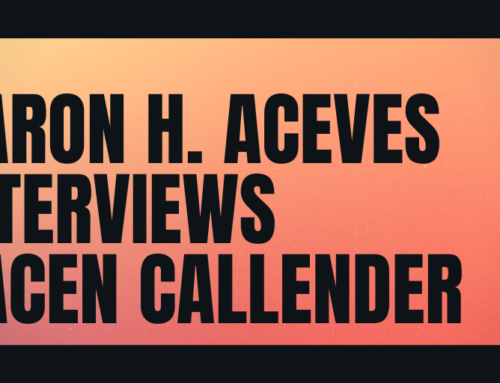Trans Awareness Week Series: Day #8
Previous Posts: Building Zoey’s World by Anya Johanna DeNiro, We Need Trans Books… But We Really Need Trans Writers by Elliot Wake, Second Trans on the Moon by Kyle Lukoff, How the Fox Became by Fox Benwell, Interview: Alex Gino, The Room Where it Happens by Parrish Turner, Trans Stories Are Human Stories by April Daniels, Center Trans Voices: Introduction to Trans Awareness Week Series by Vee S.)
by Sacha Lamb
I was slow to understand my own feelings as gender dysphoria, and even slower to realize that I could look for transgender representation in the YA books that I love. It didn’t occur to me until a year or two ago that I could find myself represented in fiction on purpose, by the authors, for real. Until recently, trans representation for me meant books where a character is never confirmed to be cis (yes, cis readers, that requires confirmation). Books where a character’s gender is never revealed (which usually means nonhuman characters). Books where characters were somehow coded in a way that I recognized from my own life as “possibly transgender”:
Boys who look younger than their age, prettier, smaller. Boys who wear layers and never go shirtless. Boys who feel wrong and out of place and maybe don’t know why.
In 2014, I was emerging from a depressive episode that started in high school and lasted me all the way through college. In 2011, halfway through my depression, I had come out to myself as nonbinary. That’s when I began to look back at my own life and recognize all the clues that I should have noticed earlier, things that I had discounted and completely forgotten, like that when I was fourteen I used to bind my chest and wear a hat to hide my long hair and even tried to give myself a boy’s nickname.
At the time that I first figured all of this out about my real life, though, I was too depressed and too busy to fully examine what that meant in terms of the fiction that I loved to read and write when I wasn’t too tired and too emotionally numb to “love” anything. In 2014, though, after I graduated, I started to heal, and began to piece my identity together out of fragments I’d abandoned years earlier.
One of the fragments of my identity that I reclaimed was a love of YA fiction––reading and writing. I had four years of new releases to catch up on, and in those years were a lot of queer books, and slowly it occurred to me that I won’t always have to do the work of representation myself. I won’t always have to “decode” the coding that authors probably didn’t intend to put there in the first place. There are books, more and more books, where the authors have written trans characters, for real, on purpose.
One moment that I can’t forget came when I was reading Lisa Williamson’s The Art of Being Normal. I had picked the book up because it was clear from the summary that one of the two protagonists was a trans girl. Automatically, I read the other protagonist, a boy, in the way that I always read boys, if I can:
He looks young. He wears layers of shirts and won’t take them off. He feels wrong and out of place and the reader, at first, isn’t sure why. All of my codes. All of the things I always pretended meant something, because that way I could imagine myself in the story.
And then he comes out to his friend as trans.
I was amazed. I knew there was one trans character in the book, and it hadn’t occurred to me that there could possibly be another. Out of habit, I had caught the coding that hinted to the character Leo’s identity. But I had never expected that coding to be intentional. I don’t think The Art of Being Normal is perfect. I wish that the female protagonist, Kate, had gotten a more complete character arc of her own, a more even share of the spotlight with Leo. But that moment of revelation has stayed with me.
As I’ve begun to work on my own writing again, looking back at things I wrote as a young teenager, my own work was always full of coding, too. A fantasy story with a male god whose people have been conquered by an empire that pretends the god is female––isn’t he transgender? All of those girls who have to disguise themselves as boys––aren’t they trans girls? Nonhuman protagonists who use nonbinary pronouns, they certainly are, and they don’t have to be nonhuman, either. And always those young-looking boys in their layers of shirts.
Now I know what all of that really means, and I know that I can make it explicit. I can write books that will give other trans kids that moment of delighted epiphany I had, when I realized that my work of decoding was more than just wishful thinking. That people like me really could exist in fiction. On purpose. For real.
—
I (Sacha, it/its) am a library science and history student with a long-standing special interest in diverse Young Adult fiction. I am currently working on a teen ghost novel with a transgender Jewish protagonist, which I hope to have in query-worthy shape in the next year. I also love cats, lambs, and magic. I can be found @kuttithevangu on tumblr or @mosslamb on twitter.






[…] Home/Archive, Author Interview, Teen Voices/Interview: Meredith Russo, author of IF I WAS YOUR GIRL Previous […]